Tailored Leadless Pacing. Implant an atrial or ventricular device alone. Or both combined.1
AVEIR AR Atrial LP. AVEIR VR Ventricular LP. Individually, they are capable of AAI(R) or VVI(R). But together they can provide the world's first leadless DDD(R) system. Tailor therapy by implanting one or both devices based on your patient’s indications and needs.
Learn more about the benefits of this system that is redefining the landscape of cardiac pacing below.
- Sinus node dysfunction and normal AV and intraventricular conduction systems
- Significant bradycardia and normal sinus rhythm with only rare episodes of AV block or sinus arrest
- Chronic atrial fibrillation
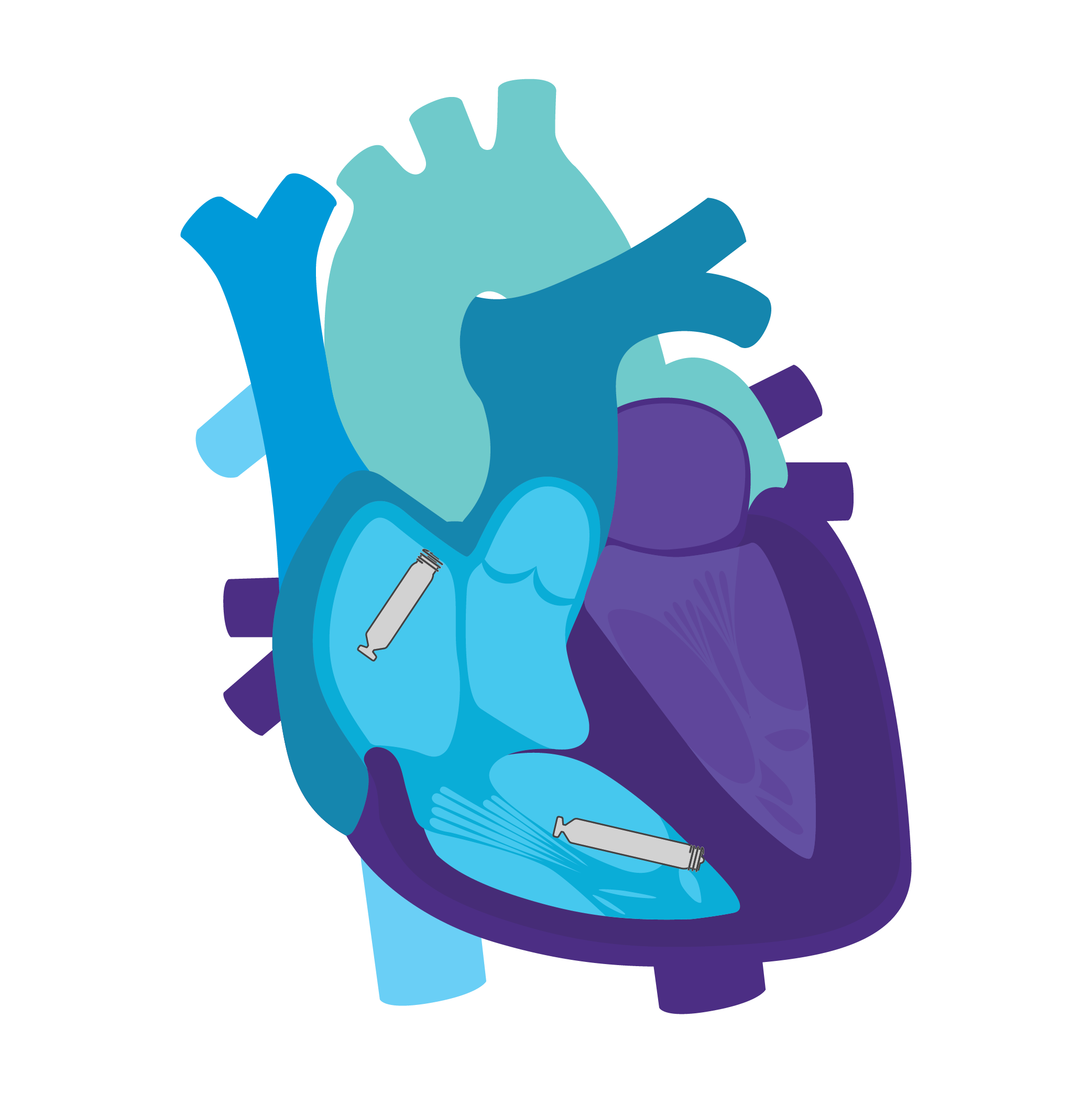
AVEIR™ DR DUAL CHAMBER LP SYSTEM
- Sick sinus syndrome
- Chronic, symptomatic 2nd-and 3rd-degree AV block
- Symptomatic bilateral bundle branch block when tachyarrhythmia and other causes have been ruled out
Leadless pacing has been limited to the right ventricle, necessitating the use of conventional pacemakers. Now, patients can experience the power of atrial only leadless pacing with an AVEIR AR LP. AVEIR AR LP offers a safe2, effective2, and upgradeable1 pacing solution for patients with sinus node dysfunction and normal AV and intraventricular
conduction systems.
AVEIR AR LP Clinical Outcomes2
Above 95.2% Effective

Above 90.3% Safe

ELECTRICAL PERFORMANCE SUCCESS RATE2, 7 in early clinical evidence patients with acceptable atrial device capture threshold and sensing amplitude.*
FREEDOM FROM COMPLICATIONS.2 The inclusion of arrhythmias as a safety end point increased the overall incidence of complications as compared with other studies of leadless pacemakers, which excluded arrhythmias from the end point.
*Atrial device capture threshold of ≤3.0V@04ms and ≥0.5mV at 3 month visit.
Upgradeable System1
Patient therapy can be tailored by implanting an atrial or ventricular device alone, or both combined for dual chamber support. The option to upgrade over time allows you to meet your patient’s needs today and adapt to common disease progression later.
Treatment option 1: Start with the atrial device.
Treat sinus node dysfunction today.
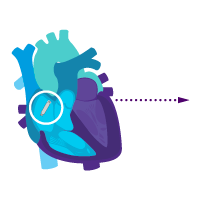
Add a ventricular device for heart block later.
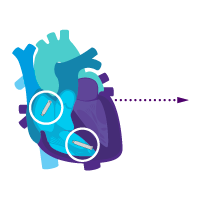
i2i™ communication is enabled.
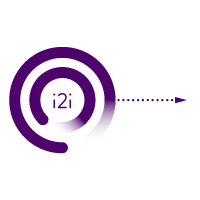
Activate dual chamber pacing therapy DDD(R) via i2i communication.
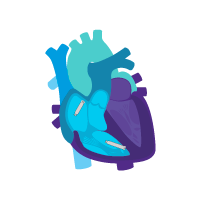
Treatment option 2: Start with the ventricular device.
Treat rare intermittent heart block today.

Add an atrial device for sick sinus syndrome later.

i2i communication is enabled.

Activate dual chamber pacing therapy DDD(R) via i2i communication.

Designed for Long-Term Retrieval
The AVEIR VR LP's predecessor has an overall long-term retrieval success rate above 88% with helix fixation through 9 years of retrieval experience.4 Limited data is available for AVEIR VR LP.
The AVEIR VR LP's predecessor has an overall long-term retrieval success rate of 92.5% for implants ≥ 5 years.4

Long Lasting
Increased projected battery longevity over current available leadless pacemakers3,5 opens the door to more patients.
Mean ± SD: 17.6±6.6 years6
95% CI: 16.6 to 18.6 years
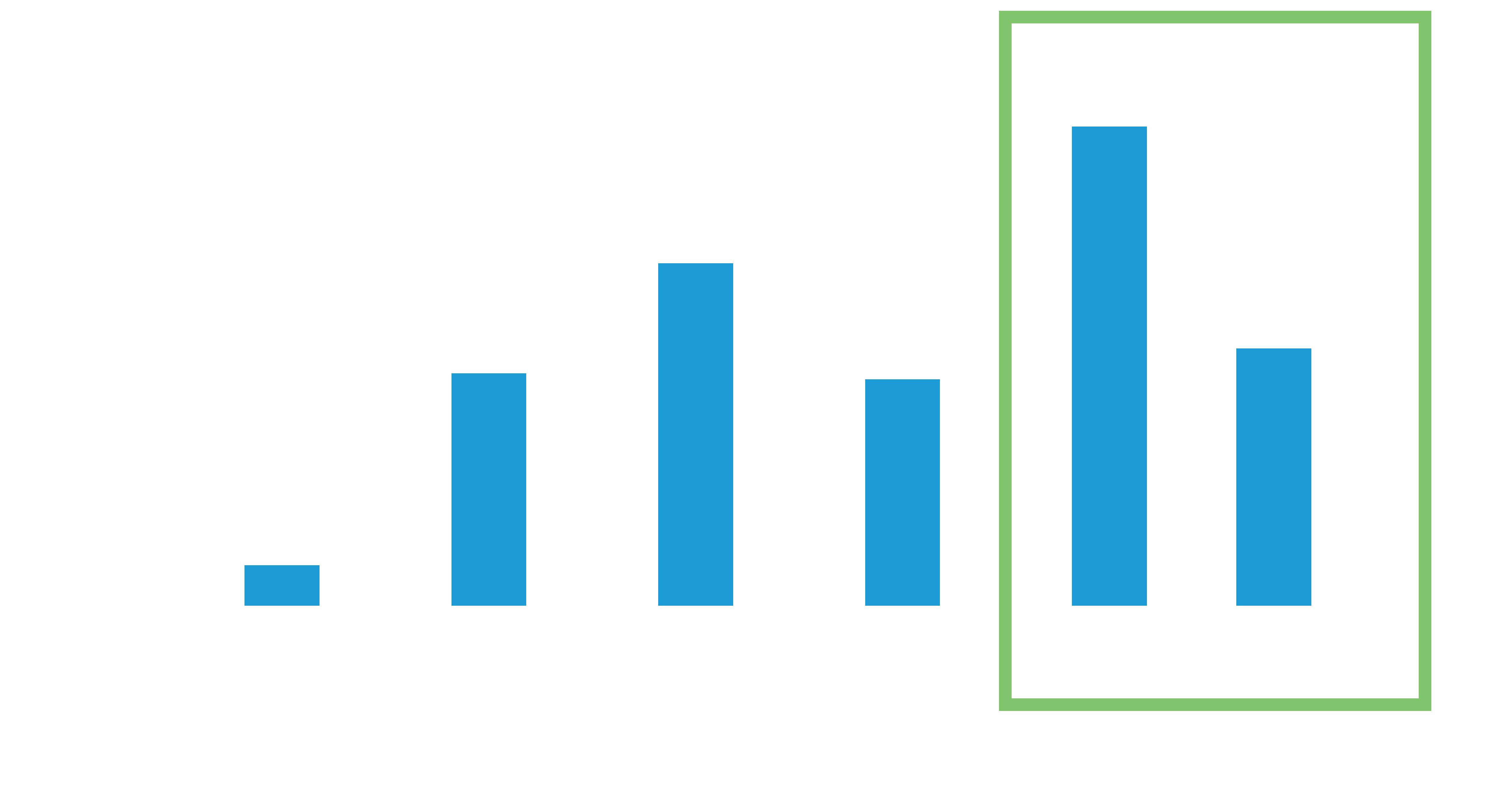
The average battery longevity among Leadless II phase 2 IDE patients at 1 year follow-up is estimated to be 17.6 years6
48% of the study patients have an estimated battery longevity of over 20 years.6
At least
1.7x the Battery Capacity
of current ventricular leadless pacemakers3,5*
References
* Battery longevity estimates based on projections derived from published technical specifications and the ISO standard settings
**For additional information about specific MR Conditional, including warnings, precautions, adverse conditions to MRI scanning and potential adverse events, please refer to the MRI-Ready Leadless Systems Manual at medical.abbott/manuals or check our MRI-Ready resources at cardiovascular.abbott/mriready
- AVEIR Leadless Pacemakers and Delivery Catheter IFU. ARTEN600307044.
- Knops, Reinoud E., et al. “A Dual- Chamber Leadless Pacemaker.” New England Journal of Medicine (2023). DOI: 10.1056/ NEJMoa2300080.
- AVEIR™ VR Leadless Pacemaker and Delivery Catheter IFU. ARTEN600175957.
- Reddy, VY, et al. Worldwide Experience with Leadless Pacemaker Retrievals at 9 years. Presented at 15th Asia Pacific Heart Rhythm Society (APHRS) Scientific Session; Nov 18-20, 2022; Singapore.
- Micra‡ VR2 MC2VR01 IFU.
- Reddy VY, Exner D, et al. 1-Year Outcomes of a Leadless Ventricular Pacemaker: The LEADLESS II (Phase 2) Trial. JACC : Clinical Electrophysiology 2023, DOI: 10.1016/j.jacep.2023.01.031
- Cantillon, Daniel, et al. Percutaneous implantation of a dual chamber leadless cardiac pacemaker system with bidirectional communication for atrioventricular synchrony. [Conference presentation]. Heart Rhythm Society 2023; (2023, May 19-21); New Orleans, USA.
Additional References
- Sattar et al. Complications of leadless vs conventional (lead) artificial pacemakers - a retrospective review. Journal of community hospital internal medicine perspectives vol. 10,4 328-333. 2 Aug. 2020, doi:10.1080/20009666.2020.178690
- Reddy VY, Cantillon DJ, John IP. San Francisco, CA: 6 May 2016. A comparative study of acute and mid-term complications of leadless vs transvenous pacemakers. Late-Breaking Clinical Trials II. Presented at Heart Rhythm Society 2016; pp. 02–04. Abstract LBCT.
MAT-2406796 v2.0
.png)


